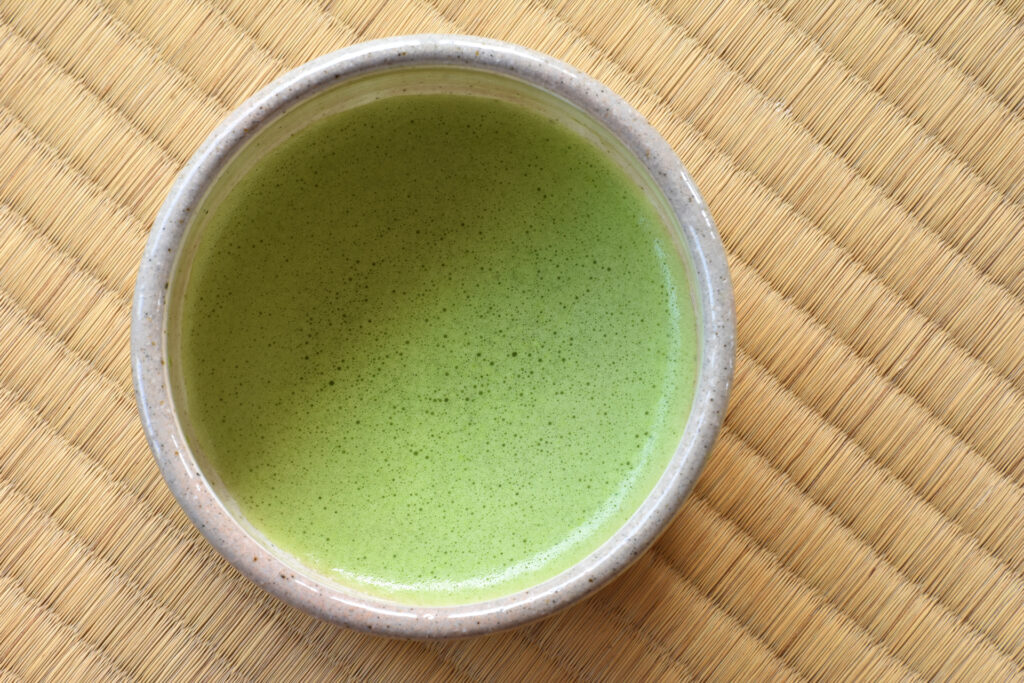Matcha, the bright green powdered tea from Japan, is now everywhere — in lattes, desserts, and skincare. Made from tencha leaves, matcha has a sweet, vegetal taste and is famous for its photogenic look. While the world is obsessed with it, the situation in Japan is more complex.
Japan’s Matcha Reality:
-
Tencha harvests are shrinking due to heatwaves and labor shortages.
-
Kyoto produces about 25% of Japan’s tencha, but yields have been weak recently.
-
Experts worry that mass demand may lead to low-quality matcha.
Experts’ Opinions:
-
Fuyuko Kobori (tea master): Matcha is popular globally, but few people are interested in the traditional tea ceremony (chadō). She compares matcha’s spread to how coffee or wine became everyday drinks.
-
Yoshitsugu Nagano (tea ritual master): Likes global popularity; sees it as an opportunity to introduce traditional culture to those who want it.
-
Ishikawa Tatsuki (tea farmer): Concerned mass production could reduce quality. Small farmers cannot meet huge demand quickly.
-
Shota Kawabata (farmer/producer): Suggests consumer awareness is key — if people demand organic, high-quality matcha, the market will follow.
Matcha’s Future:
-
Traditional tea ceremonies are rare due to shortages of handcrafted tools and fewer young people learning the practice.
-
Japanese matcha may become a premium, luxury product, while casual matcha for lattes and desserts may rely on Chinese mass-produced matcha.
-
Regions like Shizuoka and Sayama could grow casual-use matcha to meet global demand.
In short, matcha’s global fame is exciting, but experts stress respecting its heritage, supporting small farmers, and choosing high-quality matcha over mass-produced products.
#Matcha #JapaneseTea #TeaCulture #MatchaLovers #OrganicMatcha #TeaCeremony #HealthyDrinks #GlobalTrends #PremiumMatcha #SustainableTea #MatchaObsessed #TeaExperts
